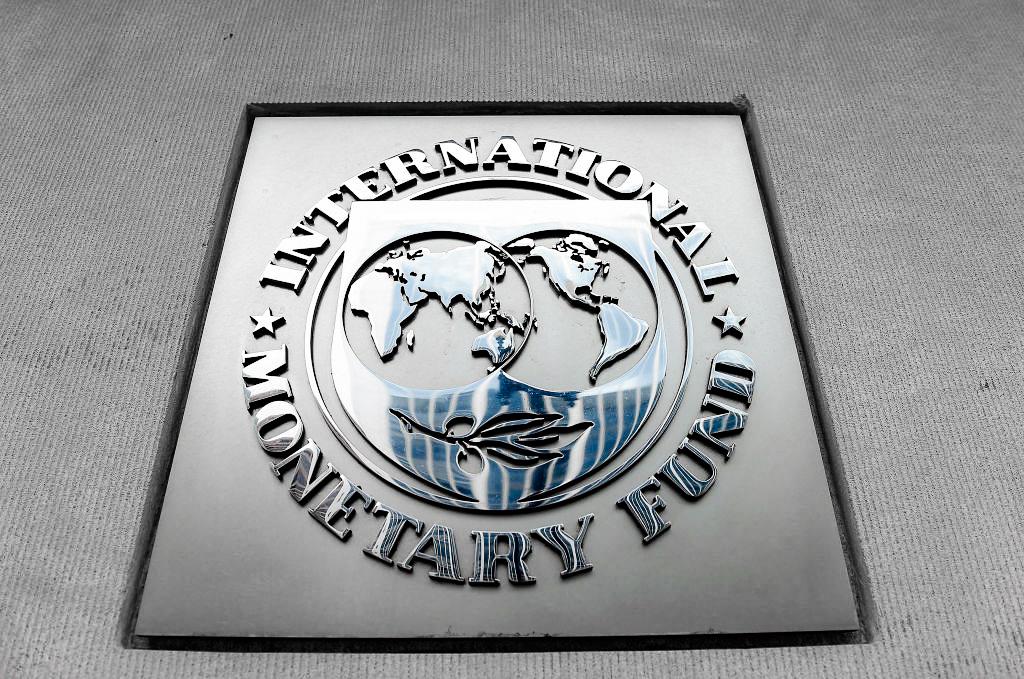Fiscal deficit, also known as national deficit, occurs when a country’s government spends more money than it earns during a fiscal year.
The general government fiscal deficit of the United States in 2024 was 7.3 percent of GDP, which is expected to fall to 6.5 percent in 2025, the IMF said, adding that the “magnitude of the tariff revenue increase is highly uncertain.”
The prediction is contingent on the United States’ benefiting from higher tariff revenues. As such, the current 90-day pause on reciprocal tariffs announced on April 2 and other measures could result in “lower import revenues.”
“Without significant policy changes, the deficit is projected to drop to 5.6 percent of GDP in the medium term, fueled by a 0.7 percentage point rise in revenues,” the report states.
On the negative side, the IMF said high tariffs can dampen U.S. economic activity, impact income taxes, and likely offset some of the revenue gains from the tariff policy.
Moreover, rising debt would add more pressure on long-term interest rates and government financing costs, affecting the fiscal deficit as well.
“Elevated uncertainty and significant policy shifts are reshaping economic and fiscal outlooks. Major tariff announcements by the United States, countermeasures by other countries, and exceptionally high levels of policy uncertainty are contributing to worsening prospects and heightened risks,” the report said.
This was the highest fiscal deficit since 2000, after exempting the pandemic-era deficits of $3.13 trillion in 2020 and $2.77 trillion in 2021.
The deficit has already reached $1.3 trillion for fiscal year 2025, which runs from Oct. 1, 2024, to Sept. 30, 2025.
“Since 2001, the federal government’s budget has run a deficit each year. Starting in 2016, increases in spending on Social Security, health care, and interest on federal debt have outpaced the growth of federal revenue,” the website states.
Economic Impact
Fitch Ratings predicted in an April 8 report that the U.S. tariffs will have “mixed fiscal impact,” saying they won’t solve the country’s underlying challenges.On the positive side, revenues collected from the tariffs will help narrow down the budget deficit this year, it said.
However, “we believe the tariffs significantly raise U.S. recession risks and constrain the Federal Reserve’s ability to lower interest rates further given the expected shock to prices,” Fitch said.
“A sharper economic slowdown would significantly weigh on non-tariff revenues and increase spending via automatic stabilizers. These effects would lag the immediate revenue boost from tariffs, but we think they would be evident by 2026, along with negative spillovers from financial market volatility.”
Despite the 1 percent drop, the United States remained the country with the fastest projected growth rate among advanced economies, bested only by Spain’s 2.5 percent growth for 2025.
“The tariff would generate an estimated $263 billion, which could be used to provide a substantial $1,200 tax refund to lower-income households and refunds of 3 percent to 4 percent of income for middle-income households,” the analysis said.
“Real household incomes rise by 5.7 percent, equivalent to $4,252, making workers better off, and which more than offsets a small, initial price impact of half a percentage point per year.”







